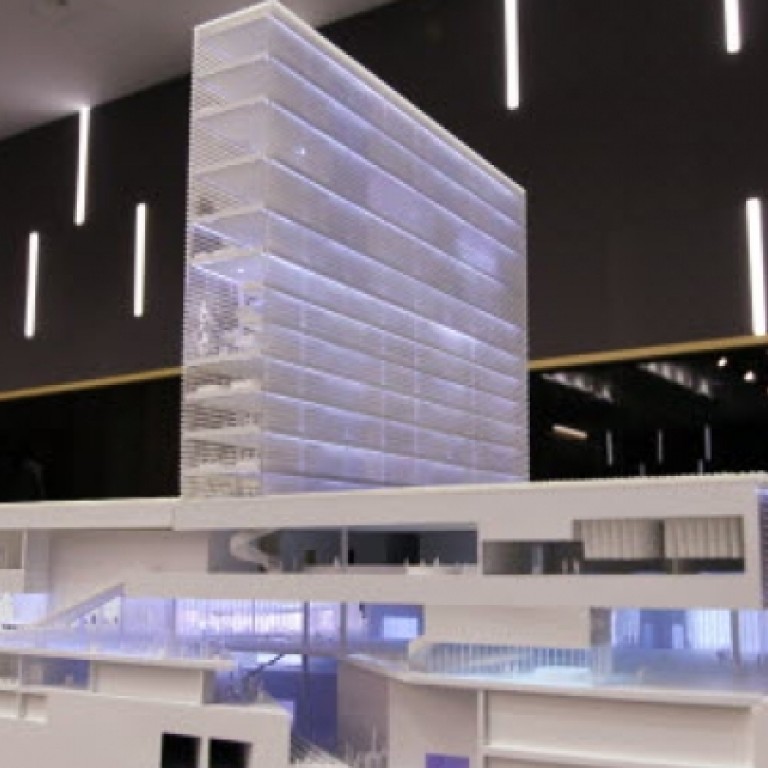
Hong Kong must strike the right balance with the arts hub
The twists and turns of the West Kowloon Cultural District project have proved that building a world-class arts hub is easier said than done.
The twists and turns of the West Kowloon Cultural District project have proved that building a world-class arts hub is easier said than done. Personnel setbacks, questionable designs, a funding shortfall - the 40-hectare waterfront site is still nothing more than an urban desert after 15 years of waiting. The latest good news is that the design of the showpiece M+ museum has been entrusted to the firm behind Beijing's Bird's Nest Olympic Stadium. But the bad news is that the whole project will definitely cost more than the HK$21.6 billion approved, after construction costs are said to have more than doubled over the past few years. Inevitably, the authority is under growing pressure to cut costs and raise more revenue.
It is good that the authority has pledged not to seek extra public funding, at least until facilities in the first phase are completed. The budget, based on estimates in 2006, was approved a few years ago after bitter wrangling. Politically, it is difficult to woo taxpayers for more without first delivering. Some of the facilities are already delayed or being modified. The public will be closely monitoring how changes can be made without compromising quality as officials promised.
The suggestion by the authority to make up for the shortfall by building more flats and offices has raised concerns. As much as an extra HK$21.5 billion may be raised if the development density is relaxed to allow an additional 70,000 to 100,000 square metres for building hotels, offices and apartments. The idea is appealing in that it can raise more funds for the arts hub while easing the city's shortage of housing and office space. But if commercial development becomes dominant, the arts hub risks turning into a property project in disguise. The concern was one of the reasons why the original arts hub plan was scrapped in 2006. The authority must, therefore, learn its lesson and carefully strike the right balance.
The public has been waiting for the arts hub for far too long. Sadly, it will take a few more years before it will be up and running. Officials have to prove that it is worth the wait.

